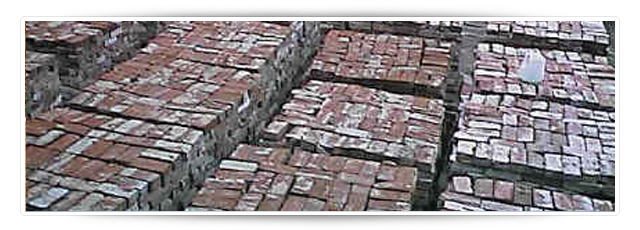via The Green Economy Post: Green Demolition: Building Green from the Ground Up – A Vital Side of Sustainable Development
The conventional way to bring down a building is the good ol’ wrecking ball. The building is collapsed into a huge pile of rubble and then transferred to commingled debris dumpsters. All materials are lumped together, many of which take several generations to decompose. Steel – 100 years. Aluminum – 300 years. Plastic – 450 years. Glass never decomposes. Then there is the hazardous waste – - who knows that harm is lurking there. Regardless, this conventional, commingled trash heap isn’t going anywhere soon because, no matter the nature of the material, it is all going to the same place – landfill.
There is a better way.
Thankfully, the easy alternative is “green” site preparation. Sure it takes a little more planning and coordination but really it just comes down to thoughtful deconstruction, site-sorting, and mindful demolition. With some foresight and creativity, landfill becomes the last option for site preparation by-products. Instead, the life cycle of the by-products is extended… and everyone wins… and you might even get a tax break for your green efforts.
This life-cycle extension is at the core of one facet of sustainability that we strive to practice in all we do… cradle to cradle construction. The materials that are “born” to build one structure are recaptured via mindful demolition and “reborn” by reuse or recycling.
Deconstruction has two distinct phases. First is the soft-strip where the structural interior and exterior are scoured for reusable and recyclable materials. Reuse should always be the paramount goal, whether the materials are to be reused on-site as part of the new project or integrated somewhere off-site. During this phase, items like reclaimed wood, brick, and rock and reusable or recyclable fixtures and furniture are extracted. By the time this first phase is complete, there should be nothing much left but the structural envelope i.e, walls, roof, and foundation and supporting members. Continue Reading →


